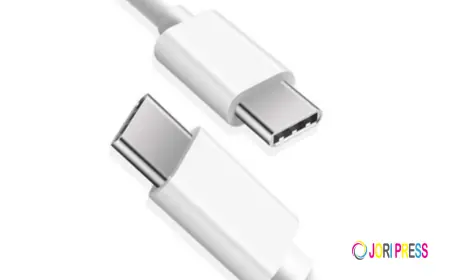5 Interesting Facts You Probably Didn’t Know About Digital KYC
In today’s digital-first India, verifying customer identity has become more crucial than ever. With the rise of online banking, fintech apps, and digital lending, KYC (Know Your Customer) has moved beyond paperwork to fully automated, tech-driven solutions.

While many businesses are aware of the term Digital KYC or eKYC, most do not realize the interesting facts behind its evolution, usage, and impact. This article uncovers five surprising facts about Digital KYC that every business and consumer in India should know.
Fact 1: Digital KYC can verify a customer in under 3 minutes
One of the most fascinating aspects of Digital KYC is its speed. Traditional KYC verification often required days—customers had to submit physical documents, visit a branch, and wait for manual verification.
Today, thanks to Aadhaar-based eKYC and advanced KYC software, businesses can:
-
Verify a customer’s Aadhaar via OTP or biometric within minutes.
-
Use AI-powered document verification to cross-check PAN, passports, or voter IDs.
-
Onboard new users without requiring physical presence.
This has transformed customer onboarding for banks, telecoms, and fintechs, making it quick, convenient, and efficient.
Fact 2: RBI and SEBI were among the first regulators to approve Digital KYC in India
Another little-known fact is that Digital KYC in India is not just a trend—it’s legally recognized and mandated by regulators.
-
The Reserve Bank of India (RBI) allowed banks to use Aadhaar-based eKYC for account openings and loan processing.
-
SEBI (Securities and Exchange Board of India) permitted eKYC for stockbrokers and mutual fund houses.
-
IRDAI (Insurance Regulatory and Development Authority of India) approved digital KYC for issuing insurance policies.
This regulatory push has ensured that Digital KYC verification is both compliant and secure, which is why it is now widely adopted across industries.
Fact 3: Aadhaar eKYC has reduced onboarding costs
Before Digital KYC, financial institutions had to spend heavily on paperwork, storage, logistics, and manpower for customer verification.
With Aadhaar eKYC:
-
Banks and fintechs save on courier and verification costs.
-
Businesses can onboard customers remotely, even in rural areas.
This drastic reduction in cost has made Digital eKYC the most preferred method for both startups and large enterprises.
Fact 4: Video KYC is one of the fastest-growing trends in India
While most people think of eKYC as Aadhaar OTP or biometric authentication, Video KYC is quickly becoming the new standard.
-
Customers complete verification over a short live video call.
-
Officials validate documents shown on camera and use facial recognition to match with ID proofs.
-
RBI approved Video KYC in 2020 to enable remote onboarding during the pandemic.
Today, video-based Digital KYC software is widely used in banking, lending, and investment platforms. It is expected to become even more mainstream as businesses adopt AI-driven facial verification technologies.
Fact 5: India is one of the global leaders in Digital KYC adoption
Many people don’t realise that India is leading the world when it comes to Digital KYC verification.
-
More than 1.3 billion Aadhaar holders can use eKYC instantly.
-
India Stack, which powers Aadhaar, DigiLocker, and UPI, has made digital onboarding seamless.
-
Global fintech experts consider India’s Digital KYC model a benchmark for cost efficiency and scalability.
This leadership has enabled Indian businesses—from banks to startups—to expand rapidly while staying compliant with anti-money laundering (AML) and fraud-prevention rules.
Conclusion
The journey of Digital KYC in India has been nothing short of revolutionary. From slashing onboarding costs to enabling instant customer verification, eKYC has changed the way businesses operate and how customers experience financial services.
What's Your Reaction?
 Like
0
Like
0
 Dislike
0
Dislike
0
 Love
0
Love
0
 Funny
0
Funny
0
 Angry
0
Angry
0
 Sad
0
Sad
0
 Wow
0
Wow
0


















































